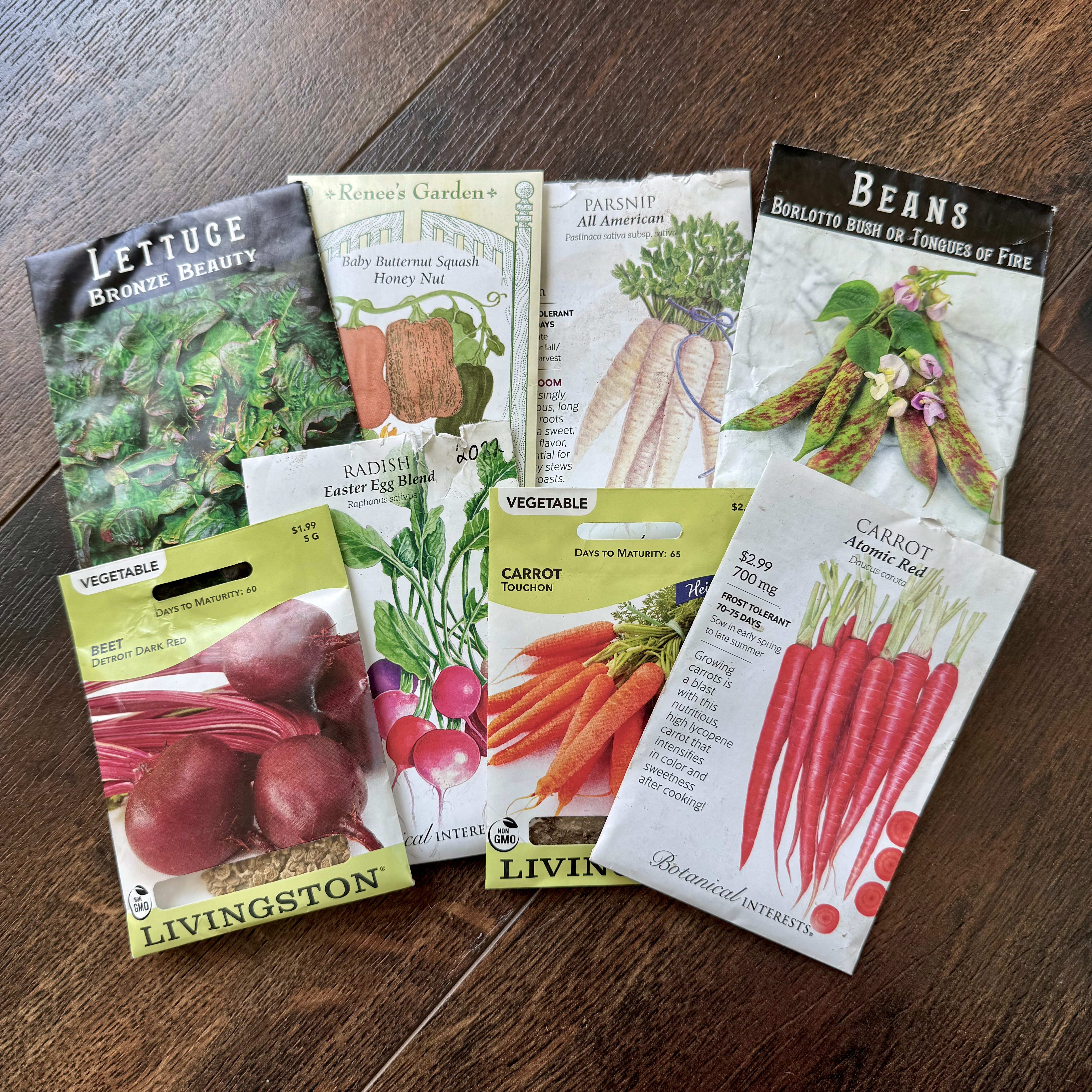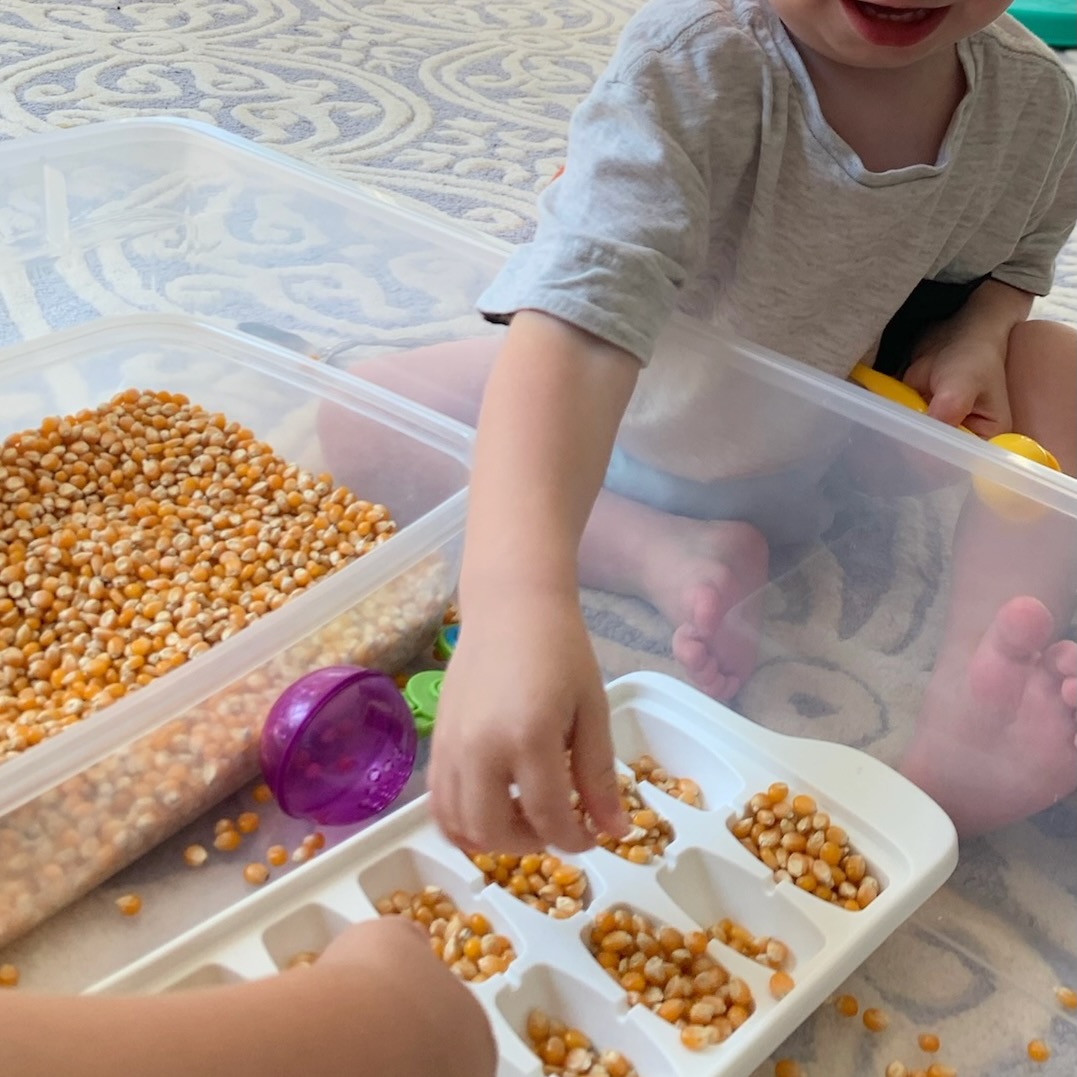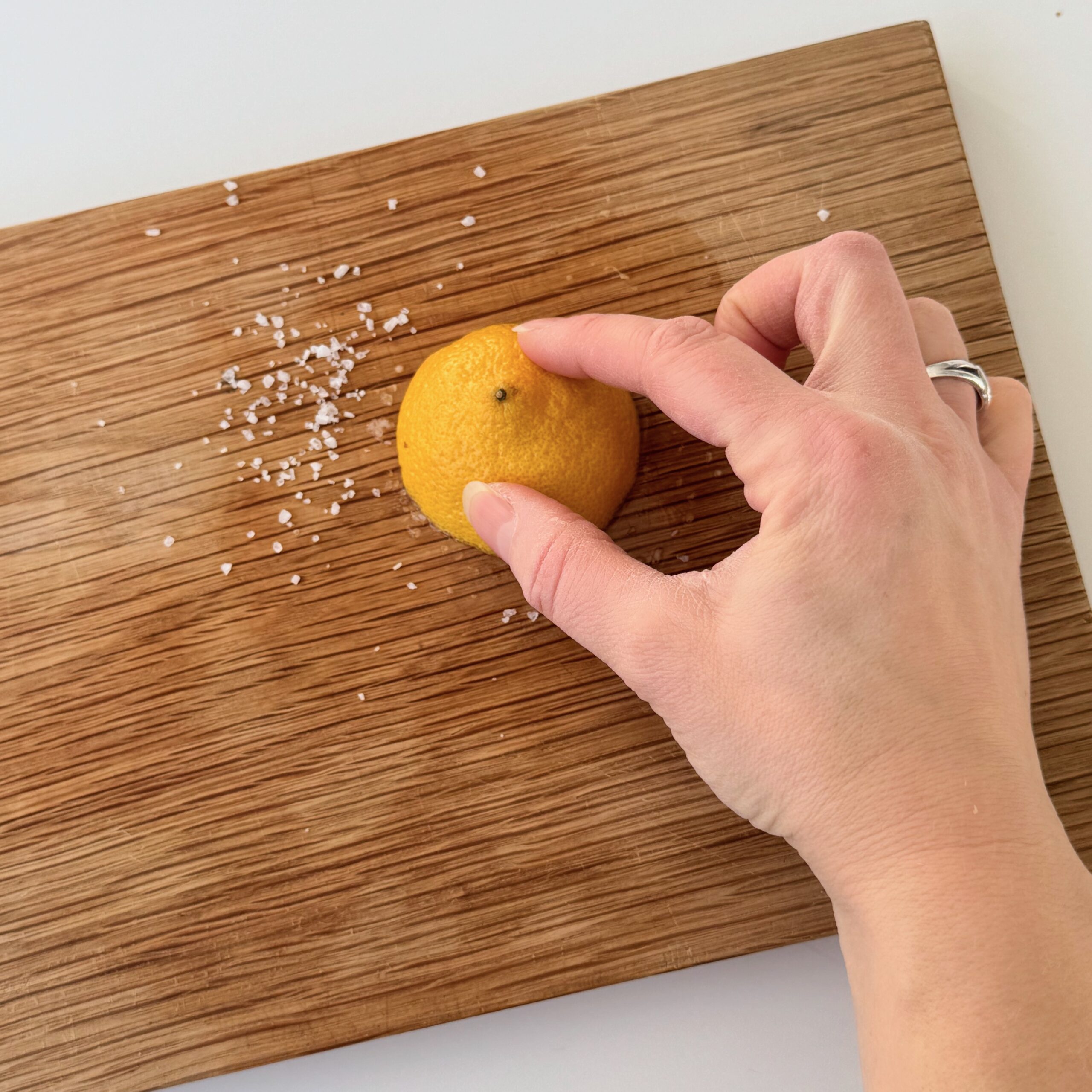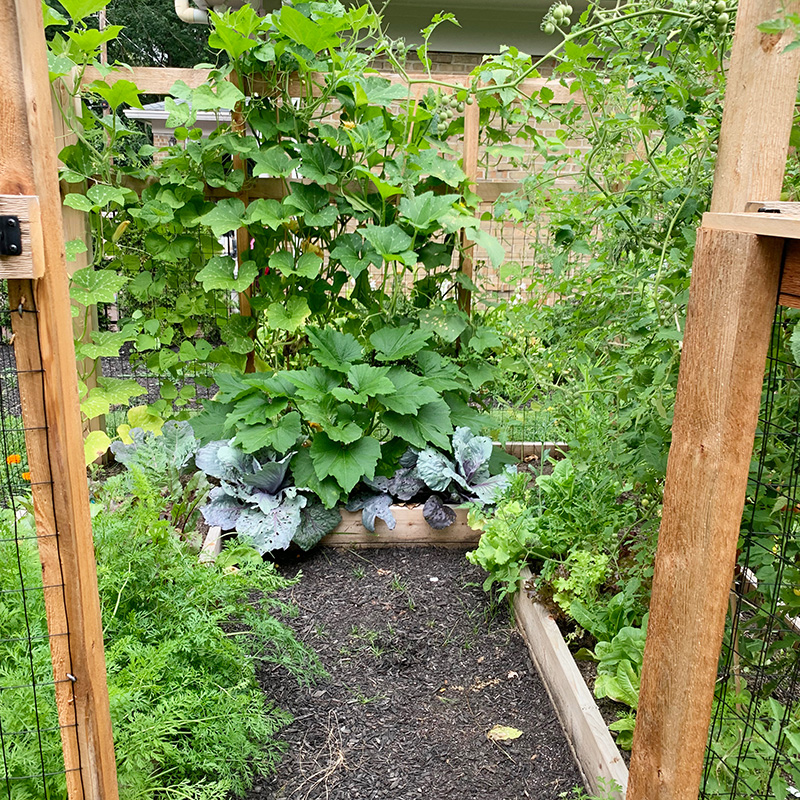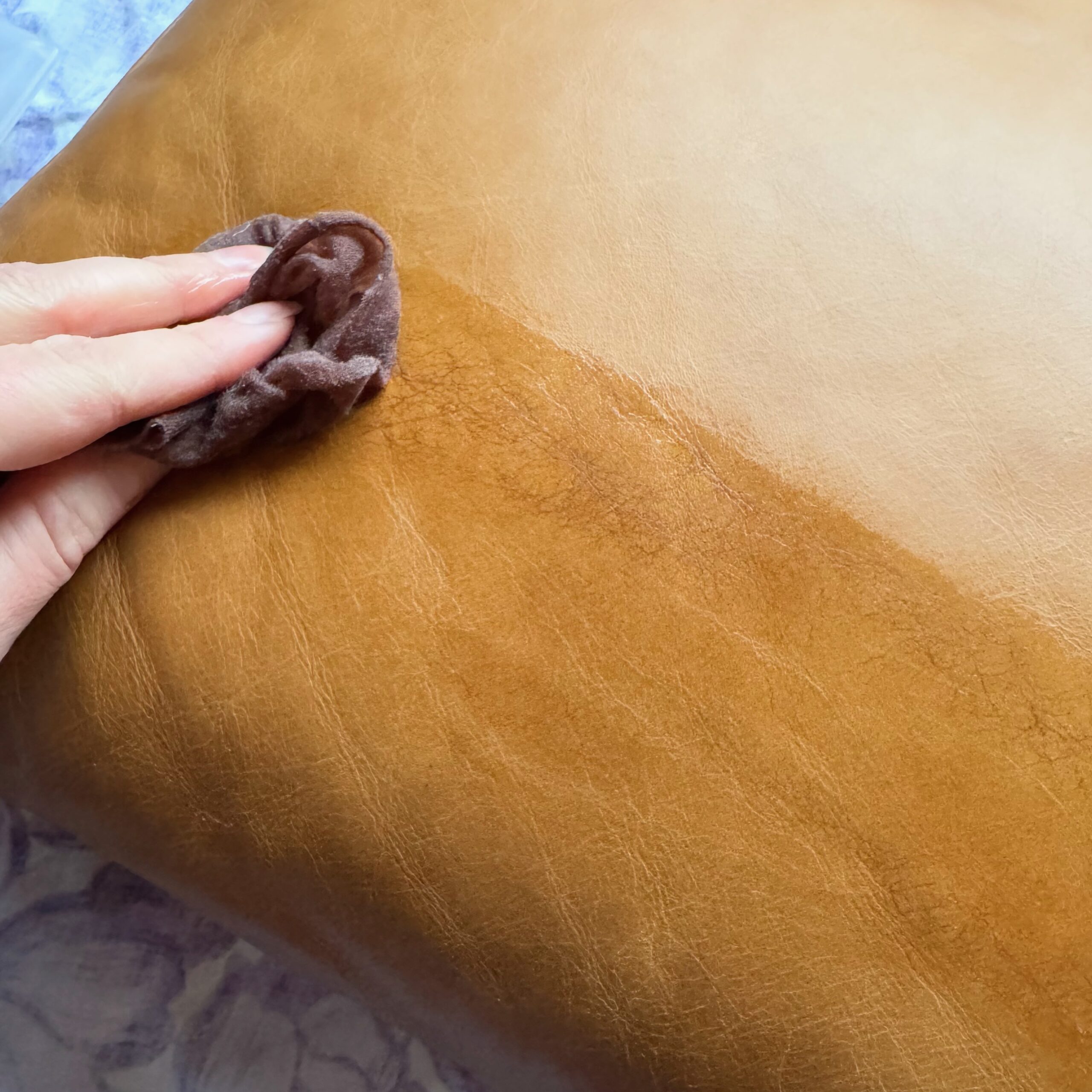Do I Really Need This?
How to Assess if You Really Need Something
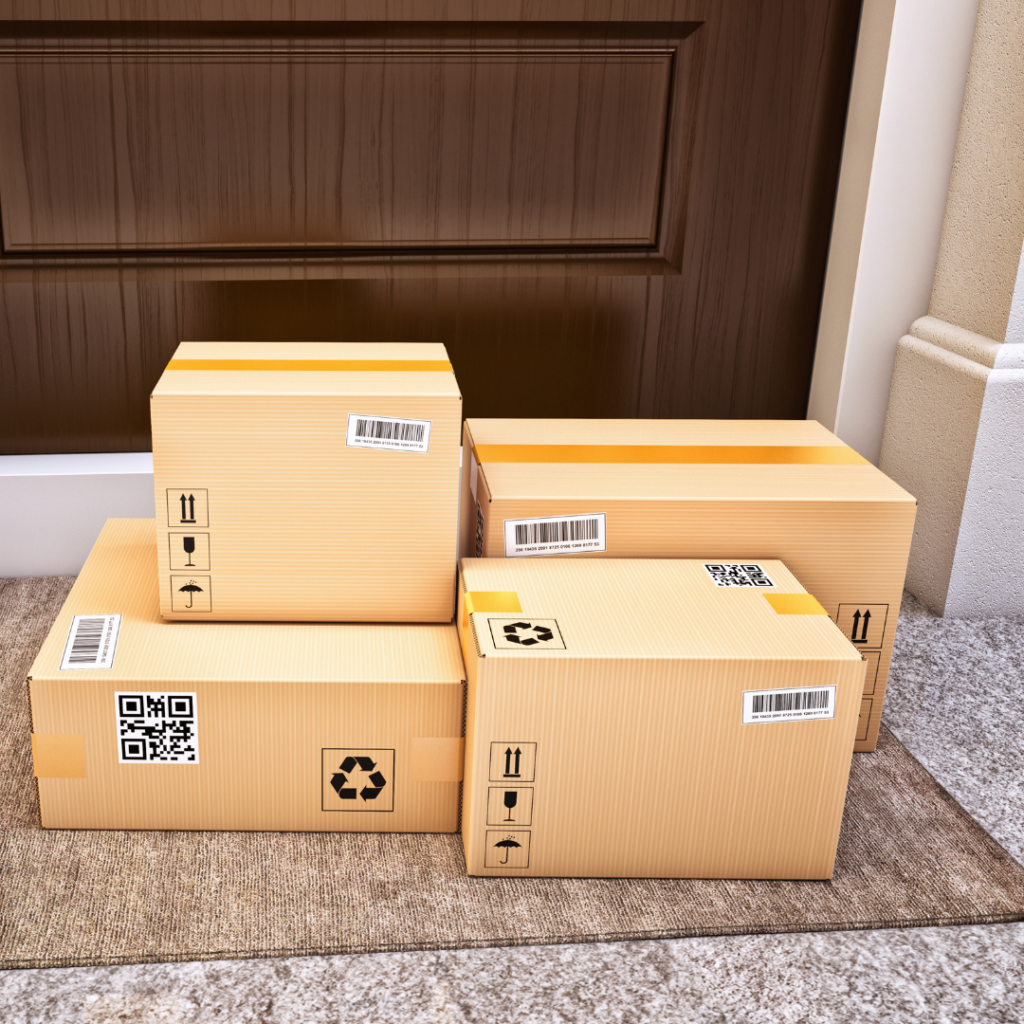
In a world filled with constant advertisements and endless choices, it’s easy to accumulate things we may not truly need. Before making a purchase, it’s worth asking yourself: Do I really need this?
Thoughtful consumption can help reduce clutter, save money, and encourage more resourceful living. Here are some strategies to assess whether you truly need something and some creative alternatives to buying new.
1. Question the Necessity – Do I Really Need This?
Before making a purchase, take a moment to reflect. Ask yourself:
- Do I already own something that serves the same purpose?
- Will this item add lasting value to my life?
- Am I being influenced by trends or impulse buying?
- Could I make do without it?
For example:
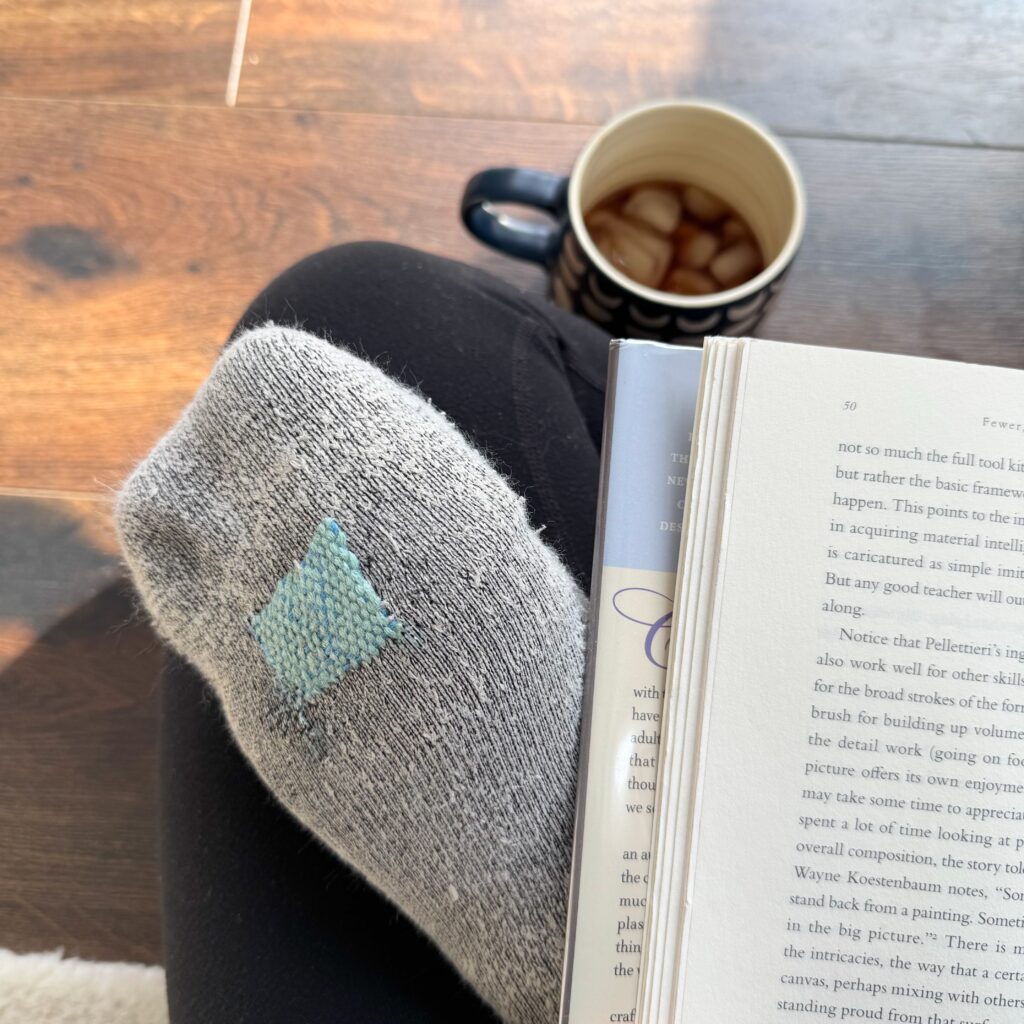
- If you notice a small tear in your favorite jeans, do you truly need a replacement, or could you mend them? Learning to repair clothing, like darning socks, not only saves money but also extends the life of your wardrobe.
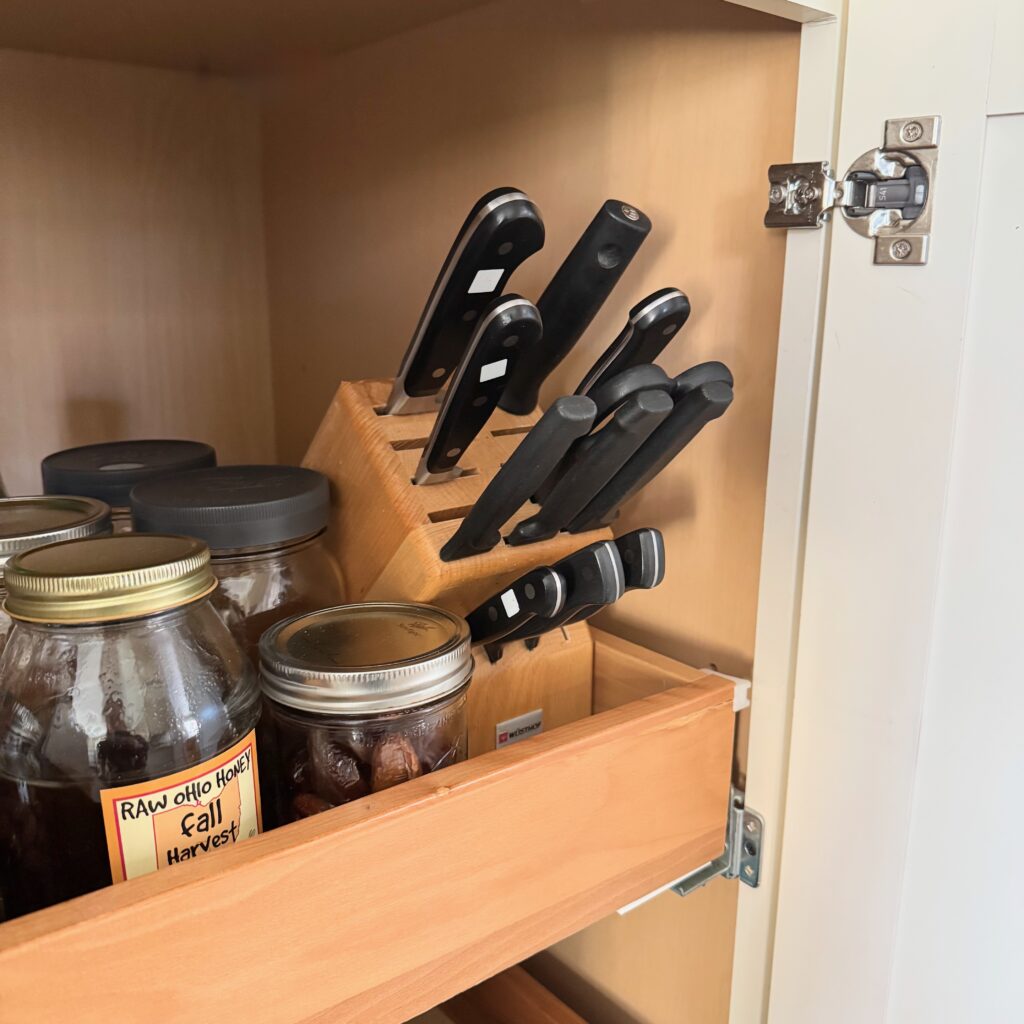
- I recently wanted an in drawer knife block to clear up our counter space. I thought about it for a day and realized that I could just easily put the knife block we already have in a cabinet and it served the same purpose of taking the knife block off the countertop.
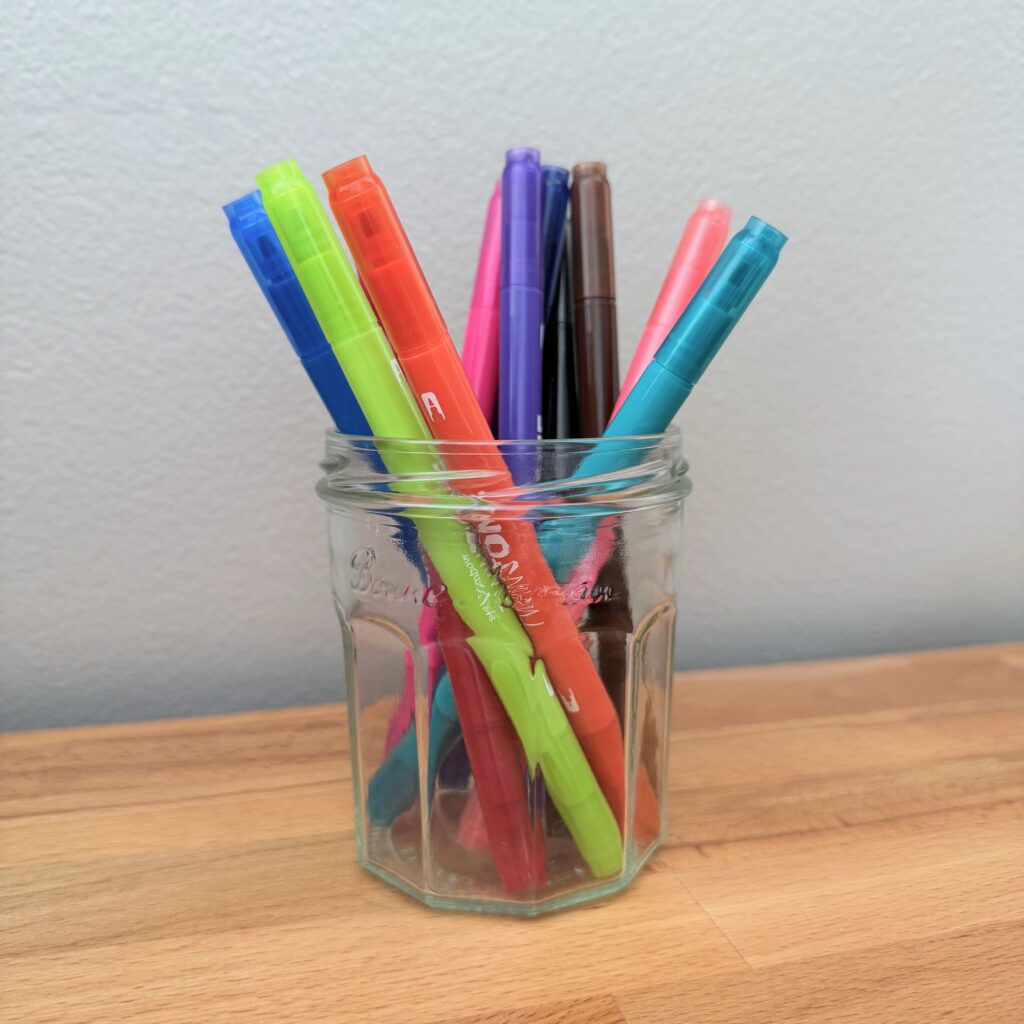
- At one point I really wanted a new set of pens to better color coordinate my planner. After researching pens after an hour I realized I had a great set of felt tipped markers in fun colors that I should be using instead.
2. Consider Resourceful Solutions – Could I Use Something Else?
Sometimes, the best way to not purchase an item is to find an alternative solution.

- Party Decorations: Instead of buying disposable decorations for every occasion, consider creating a set of reusable ones. A fabric banner, a handmade table centerpiece, or classic bunting can become part of your family’s traditions, making celebrations more meaningful and sustainable.
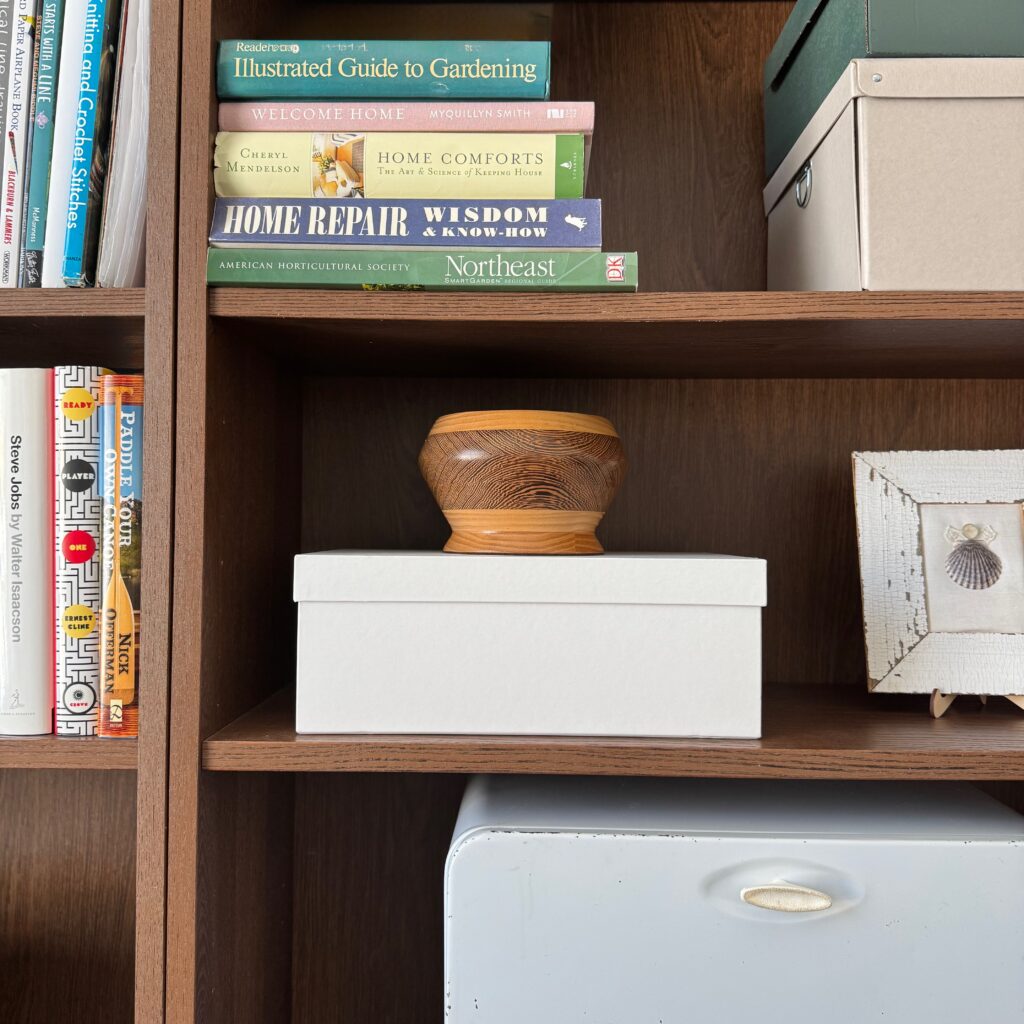
- Household Items: If you think you need more storage bins, first declutter and see if reorganization can solve the problem. Can an old shoebox be repurposed? Could baskets or jars you already have be used creatively? (I purchased two pairs of shoes from Quince (referral link), their shoe boxes are incredible! Really well made and all white, which make perfect storage boxes.)
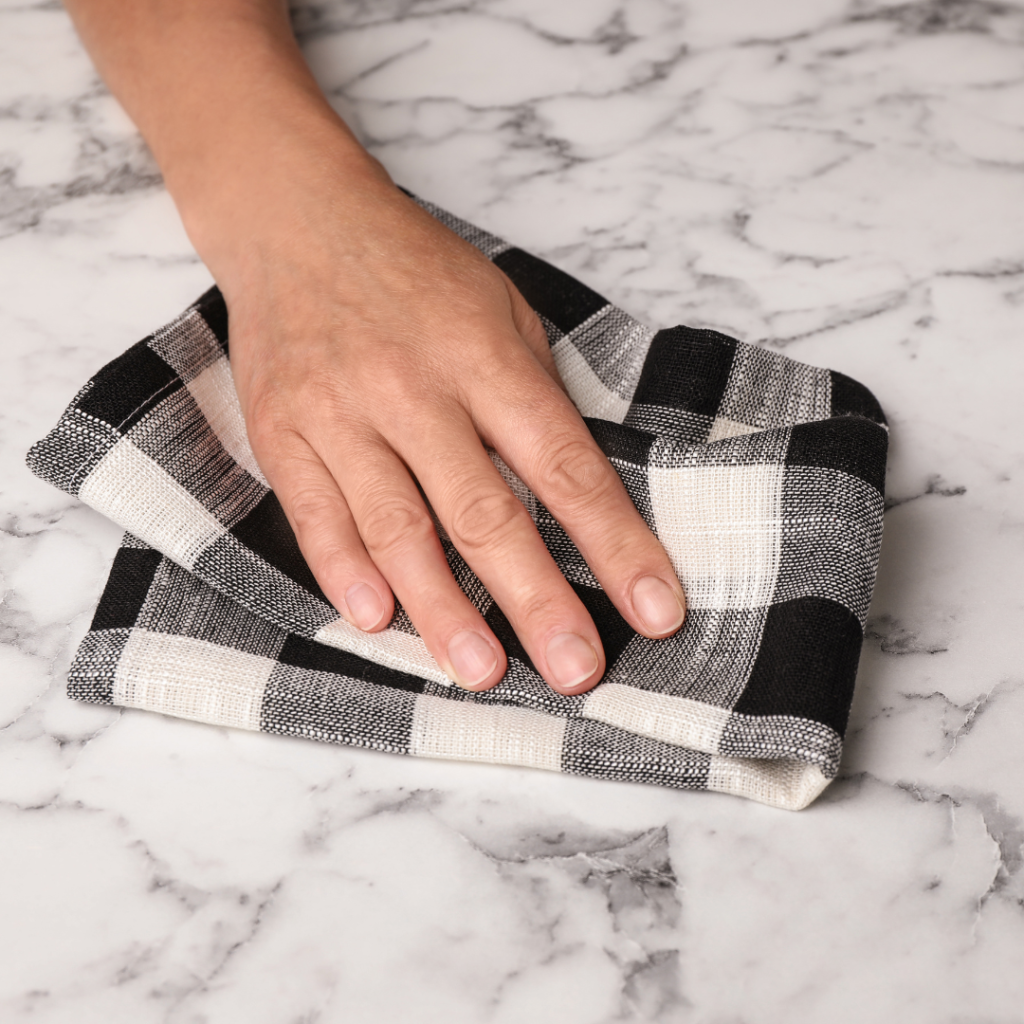
- Cleaning Supplies: Instead of buying new microfiber cloths or paper towels, try cutting up an old t-shirt or using cloth napkins.
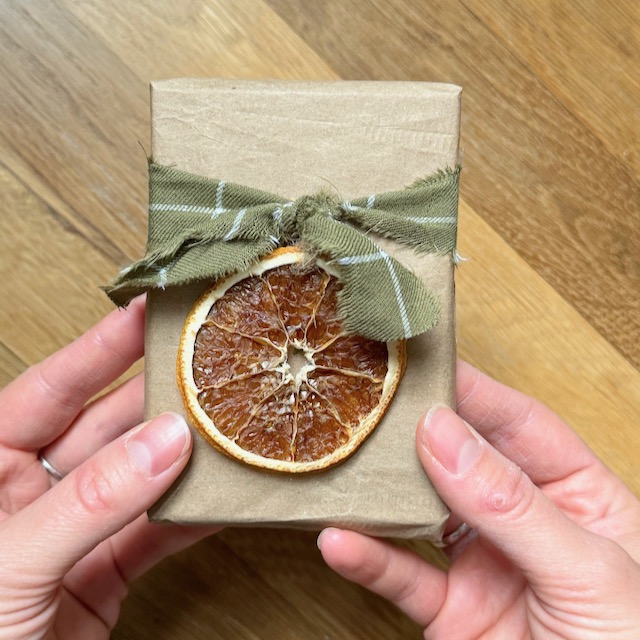
- Gifting: Instead of buying new gift wrap, consider using fabric scraps, newspapers, brown packaging paper, old maps, or reusable gift bags to wrap presents in a sustainable way.
5. Borrow Before You Buy – Test Things Out First
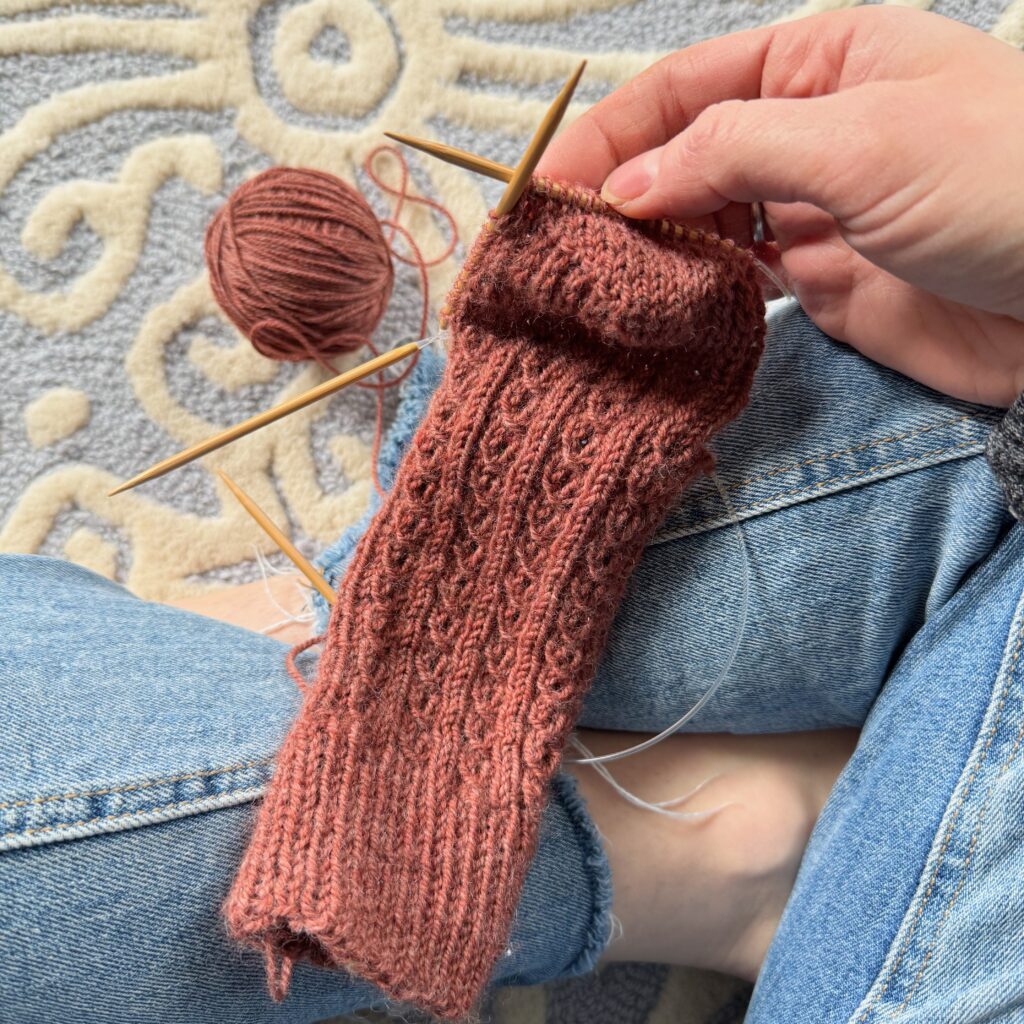
For items you’ll use only once or for a short time, borrowing can be the perfect solution.
- Crafting and Hobbies: If you want to try knitting, ask a friend if they have spare needles and yarn before investing in supplies. Most knitters have extra materials they’d be happy to share!
- Outdoor Gear: Planning a camping trip but don’t own a tent? See if a friend or neighbor can lend you one.
- Books & Tools: Many libraries now lend out more than books, offering tools, baking pans, sewing machines, projectors, and even board games!
4. Explore Secondhand Options – If You Must Buy
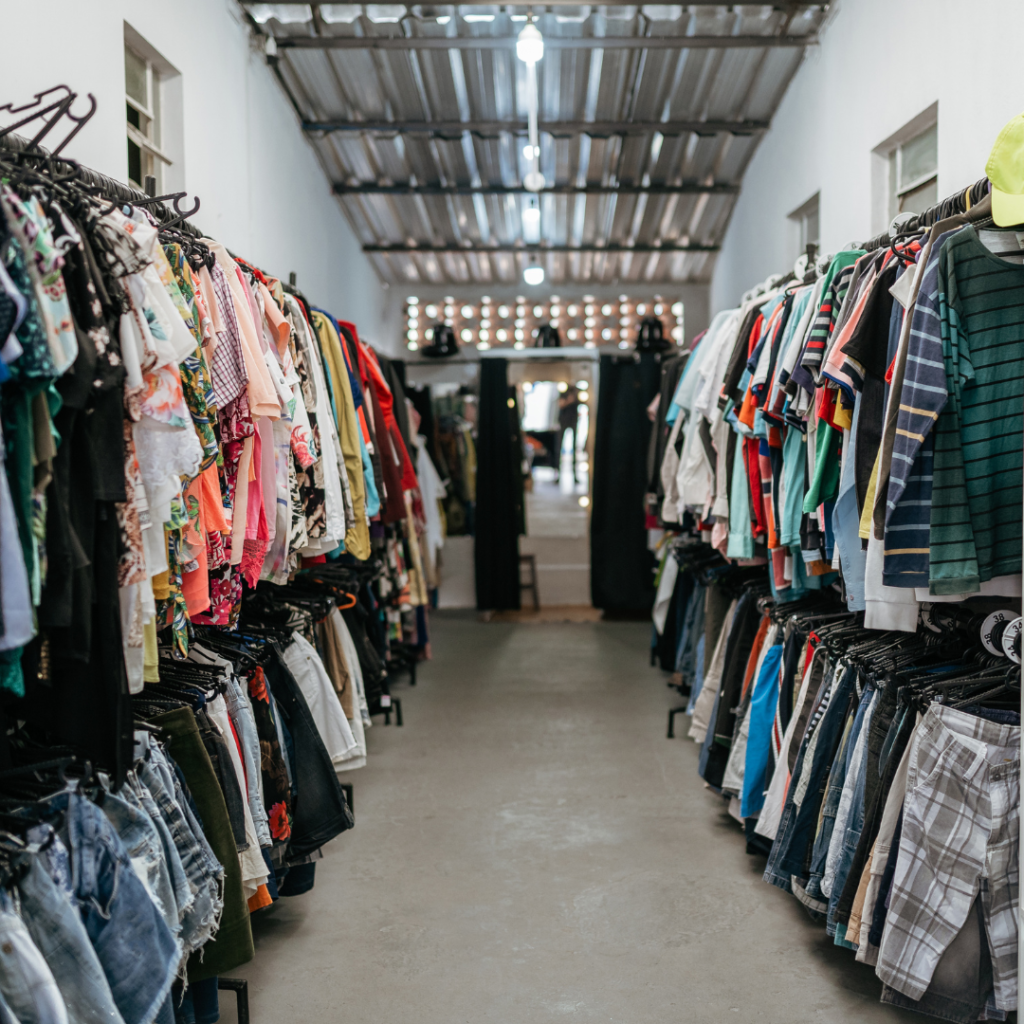
If you determine that you truly need an item, consider whether you can find it secondhand. Check local thrift stores, online resale platforms, and community swap groups. You might also find what you need at garage sales or through buy-nothing groups, where people give away items for free.
- Clothing: Thrift stores, online marketplaces, and clothing swaps are excellent places to find quality clothing at a fraction of the price. You can also check local buy-nothing groups or see if friends or family have hand-me-downs that fit your needs.
- Furniture: Many durable, high-quality furniture pieces can be found secondhand and often last longer than newer, mass-produced items.
- Kitchenware & Tools: Instead of purchasing brand-new kitchen gadgets or tools, check if you can find them at secondhand stores, community groups, or even from friends who no longer need them.
Final Thoughts
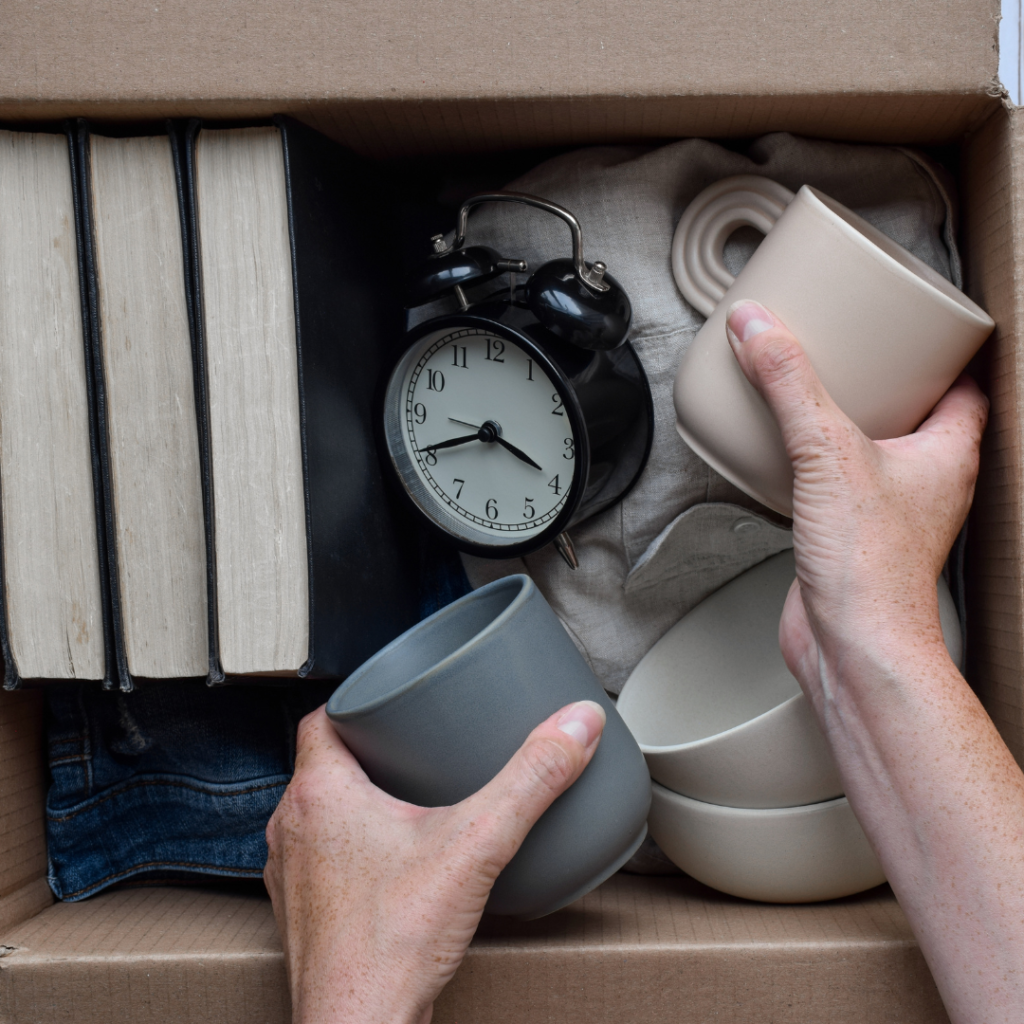
By slowing down and assessing our needs, we can make thoughtful decisions that align with a more resourceful lifestyle. Mindful consumption isn’t about deprivation; it’s about making intentional choices that are better for our wallets, our homes, and the planet. Next time you think you need something new, pause and consider if there’s a more creative, sustainable way to fulfill that need!
